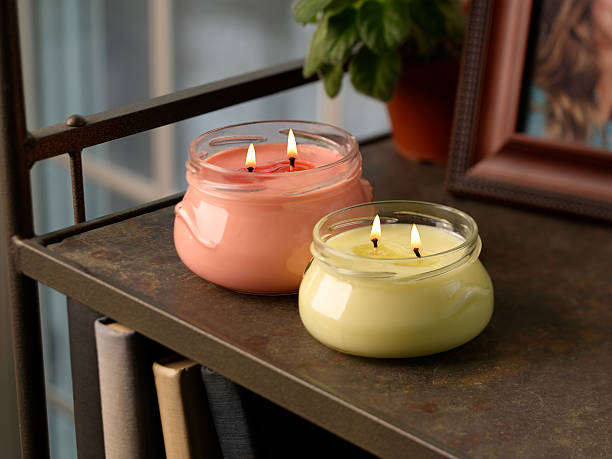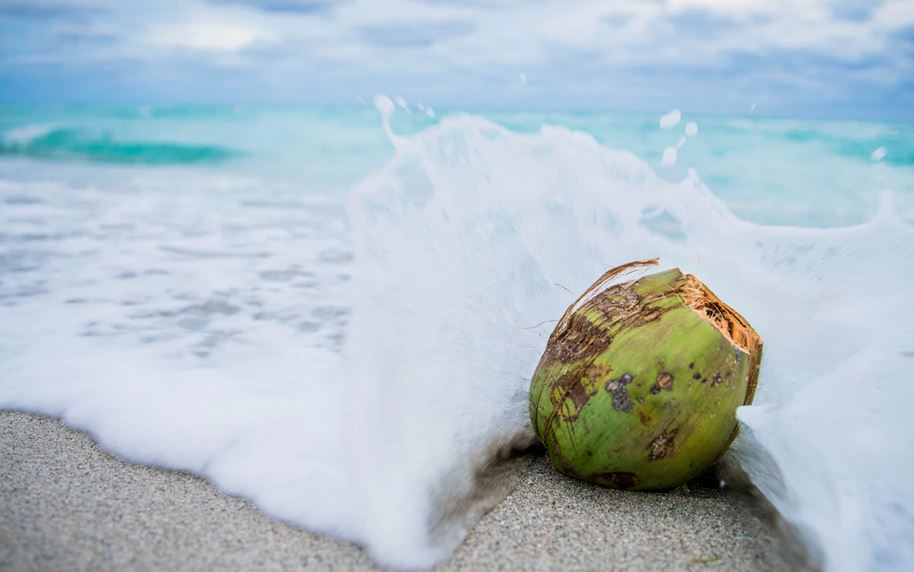Coconut wax candles are different from soy-based ones. But why? A good quality candle contains a wick and wax. However, if you add fragrance oils, different types of wax will spread scent differently. This happens because of the difference in wax sources.
There are many pros and cons regarding these two wax types. But in the candle-making world, soy wax does not enjoy a good reputation. Some manufacturers may advertise “100% soy wax” that still contains a small amount of toxic paraffin. Soy wax first appeared as a healthier alternative to paraffin. But because of its flaws and lack of regulations, impurity-rich soy wax blends now exist on the market.
What Makes Coconut Wax Candles Unique
Coconut wax is a highly sustainable plant-based wax. Above all, it is a GMO-free product that is easy to use because it is very forgiving. So, it is the ideal choice for beginner candle makers.
There are a few rules to follow, though, to get the best out of it:
- It is better to break apart a large wax block by using a palette knife. Or an awl. Mainly because this process can be pretty tricky. More importantly, always break it away from your body.
- When using a wax melting system for producing candles in large batches, wear rubber gloves to avoid dropping the wax. A wax block is slightly oily and hefty. So, never drop it in the machine, or you may damage your melting system.
- You need to wait up to 90 minutes before topping or flashing your freshly made candles.
Most coconut wax candles boast a creamy top with a glossy finish. Plus, their cold “scent throw” is remarkable. Especially if you use high-quality fragrance oils or pure essential oils.
When you burn a coconut wax candle, the scent comes out intense. This happens because coconut wax burns cleanly. In other words, no aromatic molecules taint the original fragrance blend when the candle releases it into the air.
The Reason Why Most People Avoid Soy Wax Candles
Most soybeans are genetically modified. In a recent USDA’s National Agricultural Statistics Service report, the data show that “GMO soybeans made up 94% of all soybeans planted”. So, most people worry about the possible effects that soot may have on health.
When trying out several soy wax candles, a frequent complaint is that the candles do not smell strong, even when they have a high percentage of fragrance in their blends. The poor cold and hot throw is a constant factor in these products.
Beginner candle makers may find 100% soy wax incredibly difficult to work with. For example, sinkholes are recurring issues. So, they need to double-pour and waste more time. Another solution includes poking holes in the soy candle to prevent sinkhole formation. But this method compromises the candle’s final look.
The Bottom Line
Besides the quality issues of soy wax candles, the main difference is how the two waxes come to be. Soy wax belongs to an industry that is known for the heavy use of pesticides and fertilizers. Instead, coconut wax candles support more sustainable agricultural practices.
